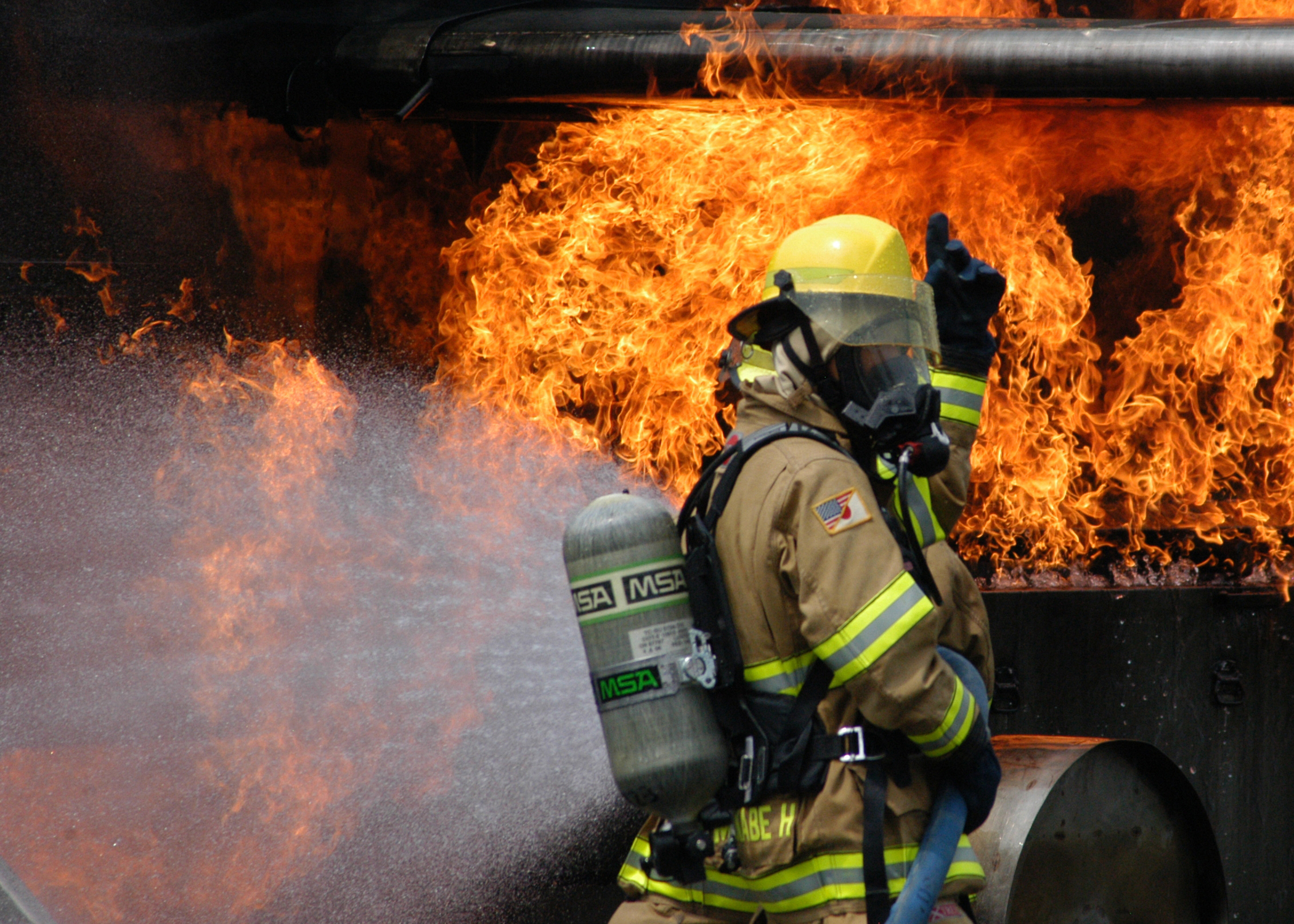Firefighter
Firefighters control and put out fires, and respond to emergency situations where life, property, or the environment is at risk.
Firefighters typically do the following:
- Drive fire trucks and other emergency vehicles
- Put out fires using water hoses, fire extinguishers, and water pumps
- Find and rescue victims in burning buildings or in other emergency situations
- Treat sick or injured people
- Prepare written reports on emergency incidents
- Clean and maintain equipment
- Conduct drills and physical fitness training
- Provide public education on fire safety
Employment of firefighters is projected to grow 5 percent from 2014 to 2024, about as fast as the average for all occupations.
Work environment
When on the scenes of fires and other emergencies, the work can be very dangerous. When not on the scene of an emergency, firefighters spend their time at fire stations, where they sleep, eat, and remain on call during shifts that often last 24 hours. Many work more than 40 hours per week.
Education
Firefighters typically need a high school diploma and training in emergency medical services. Most firefighters receive training at a fire academy, must pass written and physical tests, complete a series of interviews, and hold an emergency medical technician (EMT) certification.
Salary
The median annual wage for firefighters was $46,870 in May 2015. The median wage is the wage at which half the workers in an occupation earned more than that amount and half earned less. The lowest 10 percent earned less than $23,010, and the highest 10 percent earned more than $79,490.
Union Membership
Most firefighters belonged to a union in 2014. The largest organizer of firefighters is the International Association of Fire Fighters.
Source: U.S. Bureau of Labor Statistics, Occupational Employment Statistics
http://www.bls.gov/ooh/protective-service/firefighters.htm
